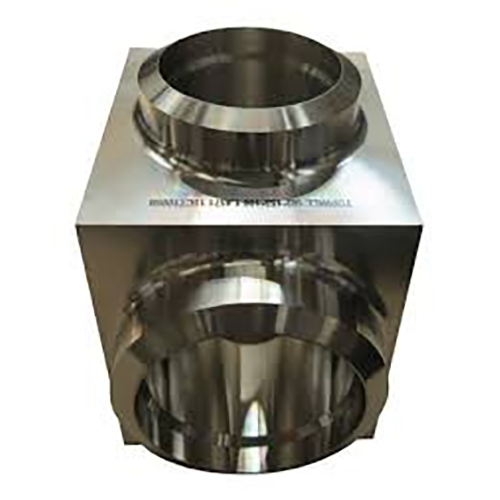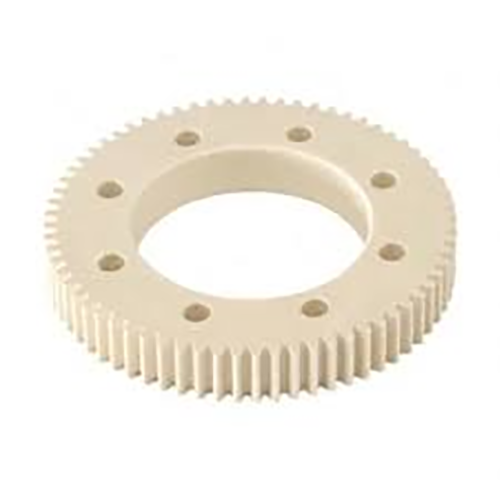
Obtaining designated surface condition on a machined article is highly significant.
- Drawing callouts communicate precise surface requirements for machined parts
- Surface notes typically employ Ra—arithmetic mean deviation—when specifying roughness
- Comprehending finish specifications is crucial to meet operational standards
- Chosen finish influences lubrication retention, friction behavior, and part life
- Precise decoding of callouts secures the specified finishing outcome
Precision Principles of CNC Machining

Numerical control machining stands as an advanced production approach by leveraging computer-aided programs machines execute intricate designs with remarkable accuracy.
- Numerical control tools generate quality components from varied media
- Machine flexibility renders it suitable for medical device and electronics manufacturing
- CNC processes produce uniform parts with high repeatability over runs
From early-stage prototyping through mass manufacturing CNC machining underpins modern fabrication
Understanding CNC Machine Specifications
Reading machine specs may appear overwhelming initially
In contrast, measured learning and order help you traverse technical specifications
Initiate by spotting principal specs like spindle speed, feed rate, positional accuracy, travel limits, controller
All these values combine to influence overall operational ability.
In practice greater spindle speed often suits ductile substrates whereas higher feed supports productivity.
Comprehending those interactions assists in picking the proper CNC for tasks
Be sure to refer to vendor documentation completely.
Provided manuals commonly contain clarifying information and define jargon
Understanding CNC Machines: A Complete Overview
Numerical-controlled machines are computer-guided systems for accurate automated manufacturing across substrates They operate by interpreting digital instructions called G-code to control cutting tools or other actuators.
- Common CNC classes include milling machines, turning lathes, routing systems, plasma cutters
- Cutting methods suit steels, plastics, woods, and layered composites
- Furthermore CNC machines allow for rapid prototyping and low-volume production runs making them valuable assets for small businesses and research centers
Fundamental CNC Machine Concepts
They illustrate synthesis of mechanical precision and computerized control logic Automated tools implement code to produce elementary parts and sophisticated assemblies The basic principle involves transforming CAD models into real-world components.
- Automated machine operation
- CAD-to-CAM integration
It performs sequenced precise axis operations dictated by program Technicians are essential for choosing cutting settings, supervising processes, and validating final quality.
Significance of Surface Finish in CNC
Producing expected finish through machining is important It changes how a part performs and how it looks Material characteristics, tool parameters, and finishing techniques affect texture.
High-quality surfaces strengthen durability while rough textures may reduce efficacy Machine-controlled fabrication offers many methods and cutters to achieve set surface qualities.
- As an example choosing diverse tool geometries |diamond tooling|feed and speed combinations to realize required texture
- Furthermore secondary operations such as polishing, grinding, or sanding enhance finish
Appreciating the link between settings and surface quality helps achieve ideal finishes.
CNC Machine Basics: From Operation to Applications
A precise fabrication technique, it applies computer-controlled machines to produce parts from assorted materials They process digital commands to produce elaborate components repeatedly Grasping G-code, tool selection, and machine operation underpins successful manufacture
Applications of CNC machining are incredibly diverse spanning numerous industries such as aerospace automotive manufacturing From turbine components to precision mold cores, CNC supports manufacture of complex parts
Surface Finish Standards for CNC Machining
Clear finish definition is critical for CNC machined components It ensures part compliance with operational and appearance standards Finish specifications are often expressed via the Ra roughness standard This numerical value expressed in micrometers inches or millimeters indicates the average height of surface irregularities.
Account for desired texture and the component’s purpose when selecting finish

In many cases fine finishes are necessary for accurate alignment and tight interfaces
Rugged finishes sometimes serve parts that need enhanced traction or grip
Include unambiguous roughness values in drawings to specify finish demands Provide the roughness average and detail supplemental processes or treatments needed.
Bear in mind accurate finish callouts drive better manufacturing results
Classification of CNC Machines and Uses
Machine shops deploy varied CNC equipment tailored to many distinct production tasks They integrate CAD-driven toolpaths to guide cutters for precise component production.
- Turning centers form shafts rods and cylindrical forms by cutting along axes
- Lathe machines operate on a rotating axis ideal for producing symmetrical parts with smooth surfaces
- Waterjet cutters use high-pressure abrasive streams to cut diverse materials without thermal effects
Selecting equipment relies on part complexity material properties and tolerance needs Distinctive CNC features make these machines indispensable across multiple industries.
Securing Optimal Finish Using CNC Machining
Producing a high-quality finish matters across manufacturing and CNC approaches provide precise control to reach it With deliberate feed-speed-tool strategies professionals steer cutting dynamics to achieve smoother surfaces Additionally superior tool grades and effective lubrication aid in producing refined textures Well-chosen cutting tactics plus careful setup empower manufacture of parts with exceptional surfaces.
Programming Strategies for Surface Finish
Tuning code to influence finish plays a central role in meeting quality aims Feed selection spindle rpm and cutter geometry collectively determine texture outcomes Thoughtful parameter choices coupled with correct lubrication help produce polished surfaces.
- In addition periodic define cnc machine tool servicing and checks secure consistent surface quality Besides that systematic tool upkeep and monitoring ensure sustained surface quality Plus regular inspection and maintenance of tools copyright finishing standards
- For ideal finishes weigh material choice, roughness spec and usage demands
- Simulation aids in adjusting parameters virtually to prevent surface problems
- Besides that systematic tool upkeep and monitoring ensure sustained surface quality
